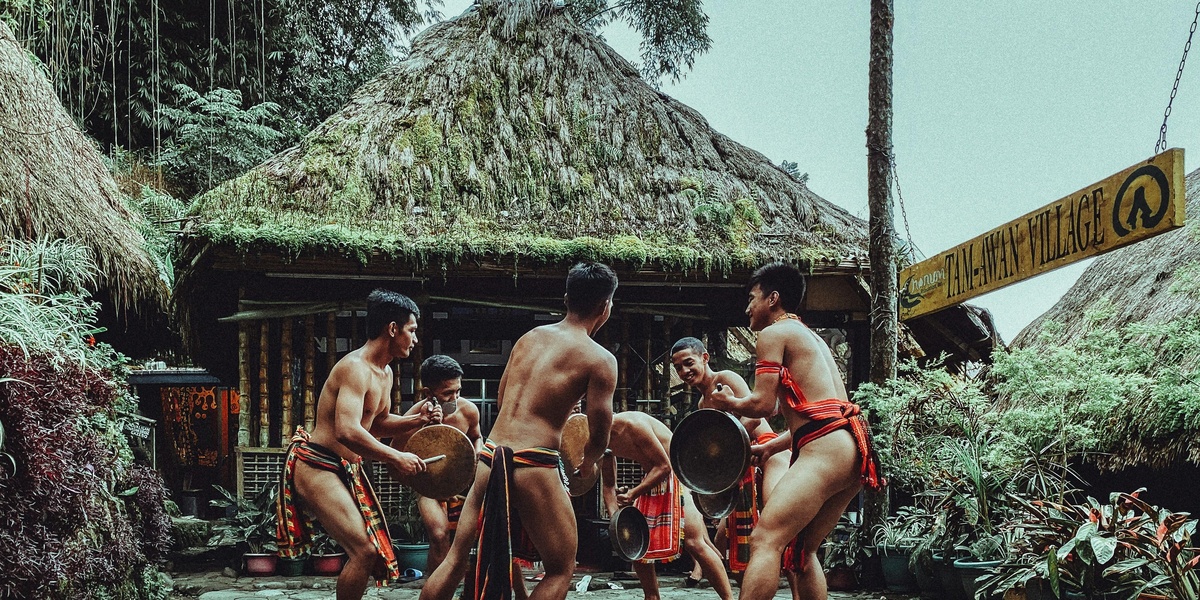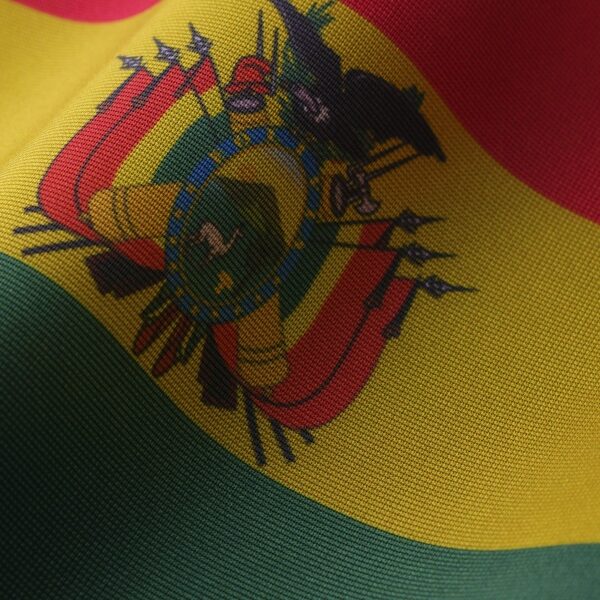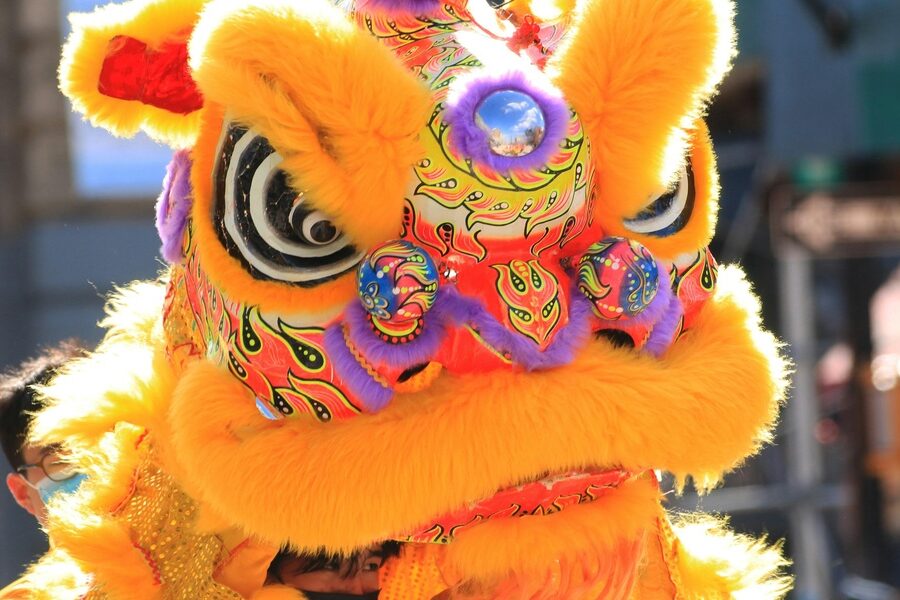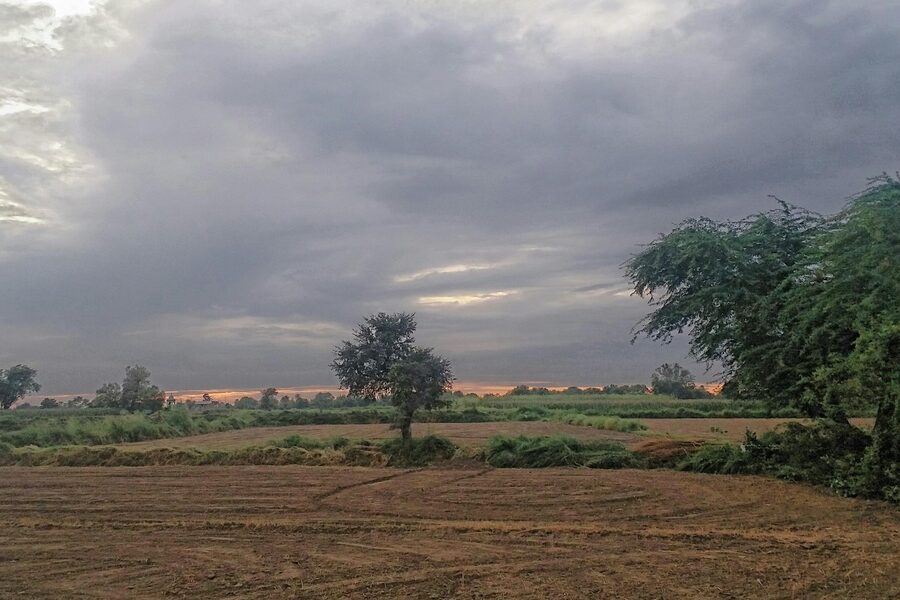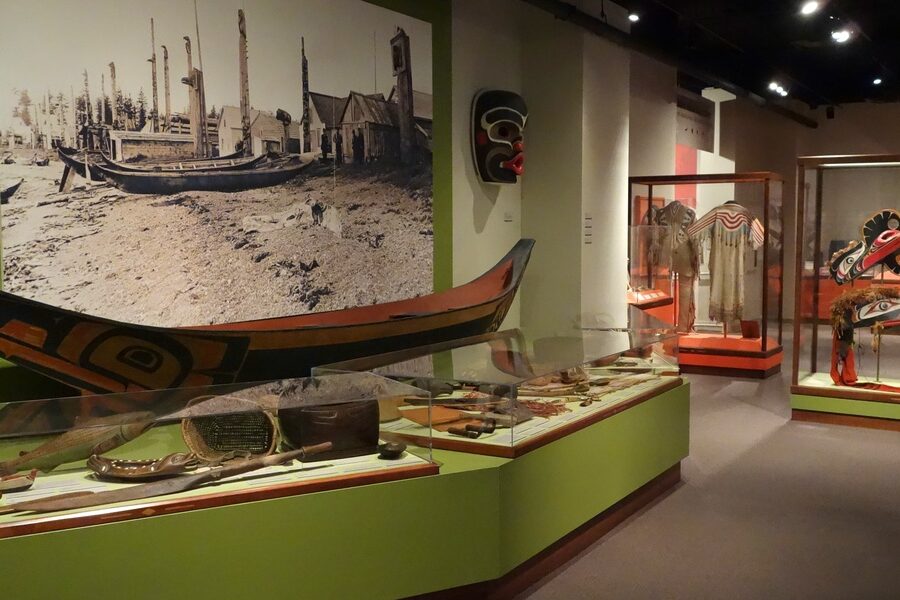Mali, a nation steeped in history and culture at the crossroads of West Africa, has long been a vibrant mosaic of peoples and traditions. From the ancient empires that once flourished along the Niger River to the vast stretches of the Sahara, its geography and past have shaped a deeply rich and diverse human landscape, reflected in its unique communities and ways of life.
This rich tapestry is woven from numerous distinct communities. Here, we delve into the 14 Mali Ethnic Groups, showcasing the broad spectrum from the Arab (Hassaniya) in the north to the Tuareg. For each group, we’ve organized key data including their estimated Population (est. persons), Primary Regions where they reside, and their Main Language, all of which you’ll find detailed below.
Why is Mali home to such a diverse array of ethnic groups?
Mali’s diverse ethnic landscape is a result of centuries of migration, trade, and the rise and fall of powerful empires, such as the Ghana, Mali, and Songhai. Its strategic location connecting the Sahara Desert with the West African savanna facilitated a constant flow of people, ideas, and goods, leading to a complex intermingling of cultures. Different groups adapted to distinct ecological zones, from nomadic pastoralists in the desert to agriculturalists along the riverbanks, further contributing to their unique identities.
Which ethnic groups are the largest in Mali?
While the specific population sizes are detailed in the list below, many Mande-speaking groups, such as the Bambara, are generally considered among the most numerous. Other significant populations include the Fula (Peulh) and the Dogon, alongside diverse groups in the northern regions like the Tuareg and Songhai, each contributing substantially to Mali’s rich demographic tapestry.
Mali Ethnic Groups
| Ethnic Group | Population (est. persons) | Primary Regions | Main Language |
|---|---|---|---|
| Bambara | 7,140,000 | Central and southern Mali (Bamako, Koulikoro, Ségou, Sikasso) | Bamanankan (Bambara) |
| Fulani | 3,360,000 | Widespread across Mali with pastoral concentrations in Mopti, Gao, Timbuktu, Kayes | Pulaar (Fulfulde) |
| Malinke | 2,730,000 | Western and southern Mali (Kayes, Koulikoro, Sikasso, Ségou) | Maninka (Malinke) |
| Songhai | 1,680,000 | Niger River valley and northern regions (Gao, Timbuktu, Mopti) | Songhai languages (Sonrai) |
| Soninke | 1,260,000 | Western Mali, especially Kayes and areas along the Senegal border | Soninke (Sarakolé) |
| Senufo | 1,050,000 | Southern Mali (Sikasso region, Koutiala) | Senufo languages |
| Dogon | 630,000 | Bandiagara Escarpment and surrounding plateau (Mopti region) | Dogon languages |
| Bozo | 630,000 | Inner Niger Delta and riverine zones (Mopti, Ségou) | Bozo languages |
| Tuareg | 630,000 | Northern Sahara regions (Kidal, Gao, Timbuktu and desert zones) | Tamasheq (Tuareg languages) |
| Bobo | 210,000 | Southwestern Mali near the Burkina border (Sikasso region) | Bobo languages |
| Khassonké | 210,000 | Western Mali (Kayes, Kita, Nioro) | Khassonké (Kasonké) |
| Toucouleur | 420,000 | Middle Niger valley and western Mali riverine zones (Kayes, Ségou) | Pulaar (Fulfulde) |
| Arab (Hassaniya) | 210,000 | Northern Mali and border zones (Gao, Timbuktu, Kidal) | Hassaniya Arabic |
| Marka | 210,000 | Western Mali and Niger banks (Kayes, Kita, along Niger River) | Marka (Dafin) and Bambara |
Images and Descriptions
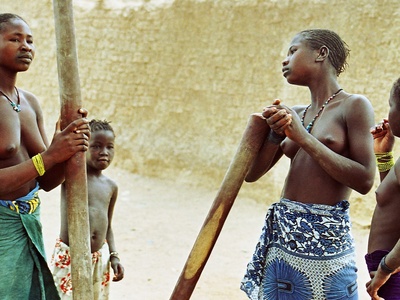
Bambara
The Bambara (Bamana) are Mali’s largest ethnic group, dominant in central and southern regions. Traditionally farmers and traders, they shape national culture through Bamanankan language, griot oral histories, music, and agricultural festivals.
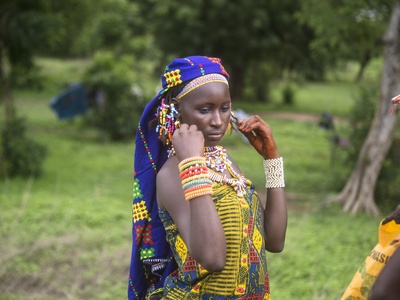
Fulani
The Fulani (Peul/Fulbe) are widespread pastoralists and cattle-herders across Mali, known for seasonal transhumance. They speak Fulfulde, maintain strong pastoral and oral traditions, and have networks of Islamic scholars and West African trade links.
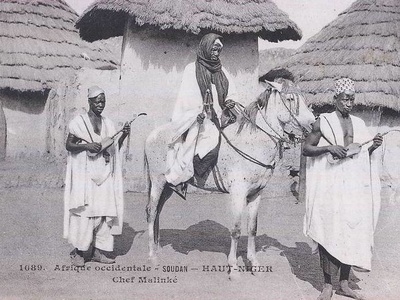
Malinke
The Malinke (Mandinka/Maninka) are a major Mande group historically linked to the Mali Empire. They speak Maninka, maintain rich griot and musical traditions, and are primarily agriculturalists and local traders.
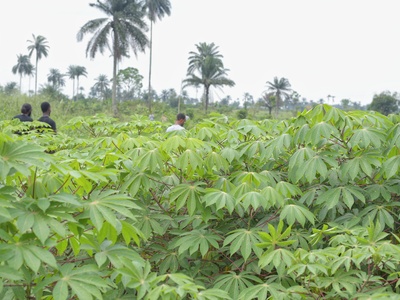
Songhai
The Songhai (Sonrai) inhabit the Niger valley and northern Mali. Descendants of the Songhai Empire, they speak Songhai languages and have long traditions as traders, riverine farmers, and fishermen.
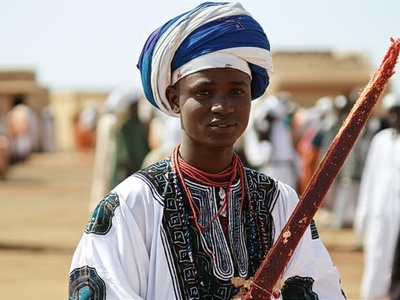
Soninke
The Soninke (Sarakolé) are a Mande people concentrated in western Mali, tracing roots to the ancient Ghana Empire. They speak Soninke and are known as traders, farmers, and early adopters of Islam in the region.
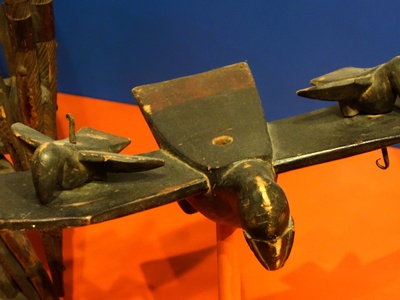
Senufo
Senufo communities in southern Mali are noted farmers and master carvers. They perform elaborate masked dances, maintain initiation societies, and produce striking wooden sculptures central to social and ritual life.
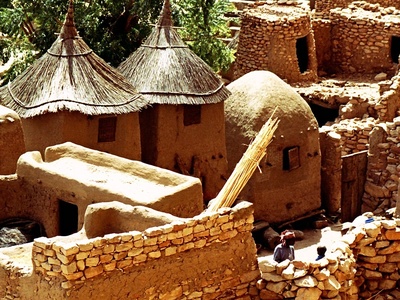
Dogon
The Dogon live in cliff villages around the Bandiagara Escarpment, famous for unique cosmology, masked ceremonies, and carved art. They speak multiple Dogon languages and practice terrace agriculture and intricate social rituals.
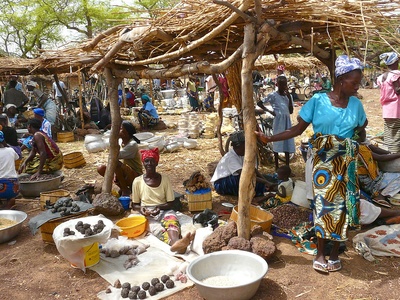
Bozo
Bozo people are riverine fishers of the Inner Niger Delta who speak Bozo languages. Renowned as boatmen and fish traders, they maintain distinctive fishing techniques, festivals, and water-centered spiritual practices.
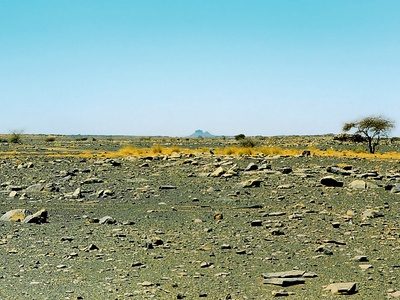
Tuareg
The Tuareg are Saharan Berber nomads inhabiting northern Mali. Traditionally camel-herders and caravan traders, they sustain rich poetic, artisanal, and political traditions and have played central roles in northern Mali’s history.
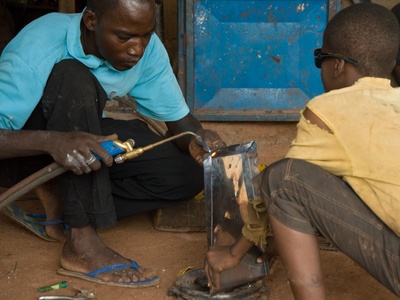
Bobo
Bobo communities in southwestern Mali practice dryland agriculture and ironworking. They speak Bobo languages and are known for vibrant masked dances, pottery, and cross-border cultural ties with neighboring Burkina Faso.
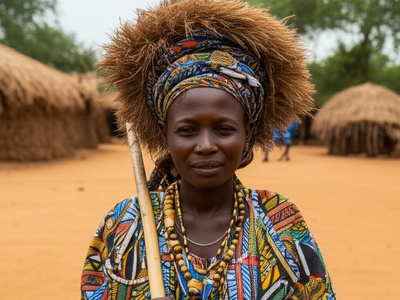
Khassonké
Khassonké people are a Manding-speaking agricultural community with strong musical and griot traditions. They blend Mandé cultural practices with local farming innovations and active participation in regional markets.
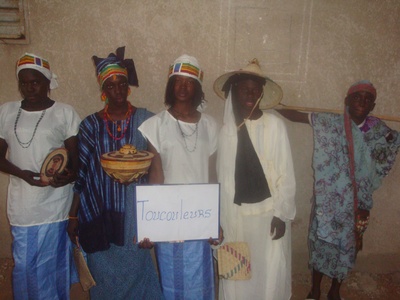
Toucouleur
The Toucouleur (Tukulor) are a largely sedentary Fula subgroup in the middle Niger valley. They are rice cultivators and Islamic scholars, speak Pulaar, and played prominent roles in 19th-century Islamic states and local governance.
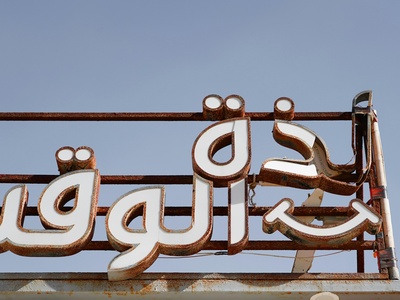
Arab (Hassaniya)
Hassaniya Arabic-speaking Arabs in northern Mali are often pastoralists and traders with strong ties to Mauritania. They maintain Saharan nomadic lifeways, seasonal migration, distinctive oral and poetic traditions, and cross-border trading networks.
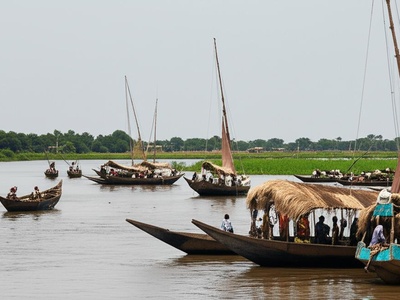
Marka
Marka (Dafin) people are Mande-speaking riverine traders and farmers along the Niger. They speak Marka and Bambara, practice Islam, and are known for canoe trade, artisan crafts, and lively local marketplace traditions.

